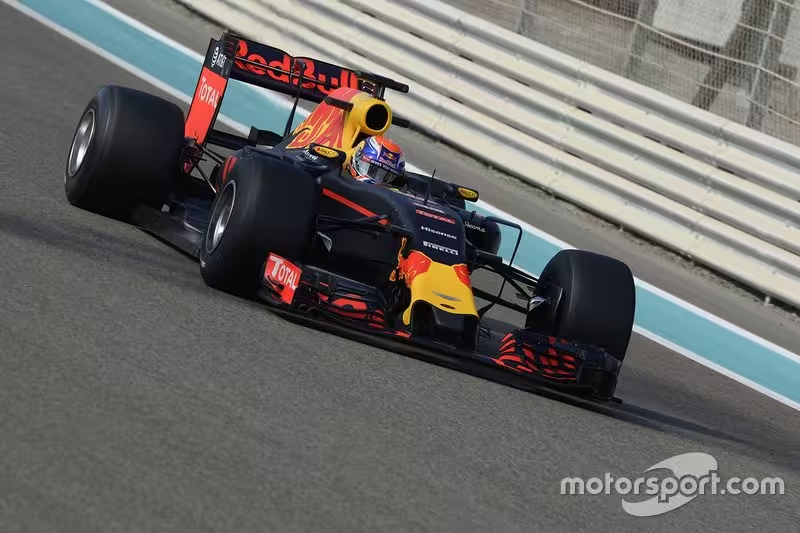The FIA World Motor Sport Council has approved an update to F1’s Sporting Regulations to allow the testing of mule cars in preparation for 2026’s technical regulation changes.
An addition to the regulations allows for 10 days of mule car testing this year for teams to try and simulate the new cars that will grace the grid after next season.
But what is a mule car and how does this help teams prepare for the changes?
What is a mule car?
In F1, a mule car is the term for a chassis that has been adapted to complete test running. The car is usually updated in order to mimic upcoming regulation changes and, therefore, can differ quite drastically from the original car specification.
Rules are relaxed for the mule cars, allowing teams to update their machinery in a variety of ways in order to greater replicate the demands of any upcoming regulation tweaks.
Ahead of the 2017 technical regulation changes, teams extensively tested with mule cars, which were able to run with various aerodynamic devices to generate greater downforce, allowing data to be gathered ahead of time – which whilst not 100 % accurate, was still enough to give engineers a head start on projects.
Mule cars were also used ahead of the current generation of car, though in this case with more of a focus on helping Italian tyre manufacturer Pirelli develop its new-for-2022 18-inch wheels.
Max Verstappen, Red Bull Racing testing the new 2017 Pirelli tyres
Photo by: Pirelli
What has changed in regulations
FIA’s World Motor Sport Council has approved changes to this year’s Sporting Regulations that allow for 10 days of testing with mule cars, ahead of the new cars entering in 2026.
Article 10.10 regarding the ‘Testing of mule cars’ has been added with a number of stipulations, with the following highlights:
- b) Cars must include and are limited to the minimal modifications necessary for the purpose of testing development tyres or for testing components or systems on behalf of the FIA for future Championship seasons, as determined by the FIA.
- c) During any TMC, cars must be fitted with the FIA ECU required by Article 8.3 of the Technical Regulations.
- k) A maximum of ten (10) car days of testing is permitted between 1 January and 31 December organised by the FIA in consultation with all Competitors, and if required by the testing objectives the appointed tyre supplier, and for the sole purpose of TMC.
- i) Drivers participating in these tests must be eligible for…
Click Here to Read the Full Original Article at Motorsport.com – Formula 1 – Stories…

